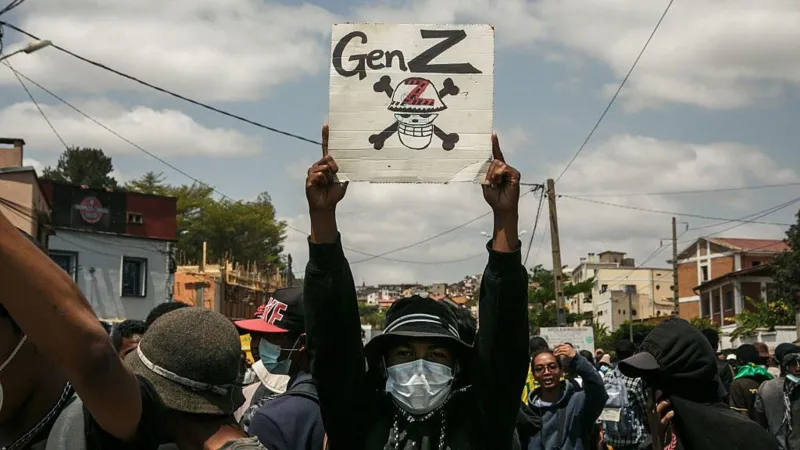Police in Madagascar fired tear gas on Tuesday as hundreds of mostly young demonstrators returned to the streets of Antananarivo, defying President Andry Rajoelina’s announcement that he had dissolved his government.
The protests—dubbed the “Gen-Z movement”—erupted last week over chronic water and power cuts and have since spread from the capital to at least eight other cities. Despite Rajoelina’s dismissal of his cabinet on Monday, organisers urged fresh rallies via social media, saying his response fell short of addressing their demands.
On its Facebook page, the protest movement expressed disappointment with the president’s televised speech, accusing him of failing to apologise or take responsibility for the deaths of demonstrators killed during earlier crackdowns.
The UN human rights office says at least 22 people have been killed and 100 injured since the unrest began, accusing security forces of using “unnecessary and disproportionate force” including rubber bullets, tear gas, beatings, arrests, and even live ammunition. Madagascar’s foreign ministry has rejected the UN’s figures as “rumours or misinformation.”
Authorities have imposed a dusk-to-dawn curfew in Antananarivo after reports of looting and attacks on homes of legislators. Some protesters insist that “paid goons” carried out the violence to undermine their cause.
In a national address, Rajoelina acknowledged public anger over worsening utility shortages, confirming that the prime minister and cabinet had been dismissed, though they would serve in an interim capacity until a new government is appointed. He also said he was open to dialogue with the youth.
The unrest marks the biggest challenge to Rajoelina’s leadership since his re-election in 2023, recalling Madagascar’s history of political volatility, including the 2009 uprising that forced his predecessor from office and propelled him to power.
Source: BBC



Comments are closed, but trackbacks and pingbacks are open.